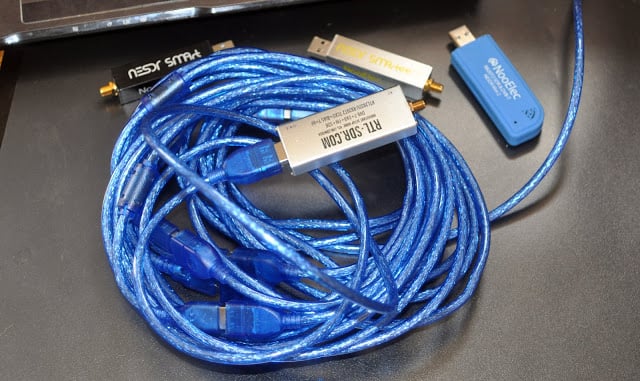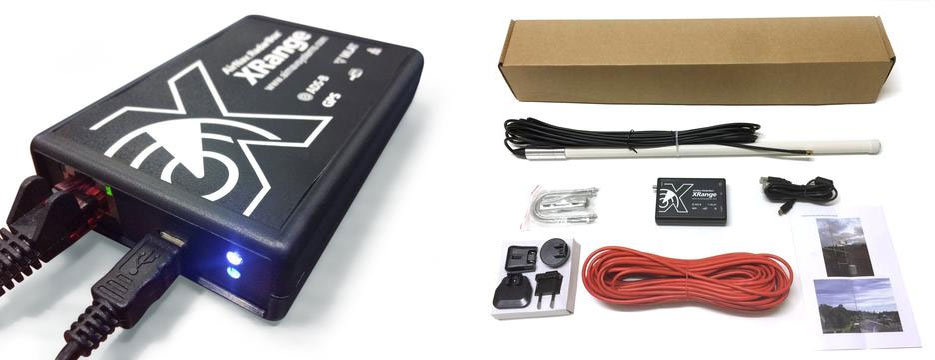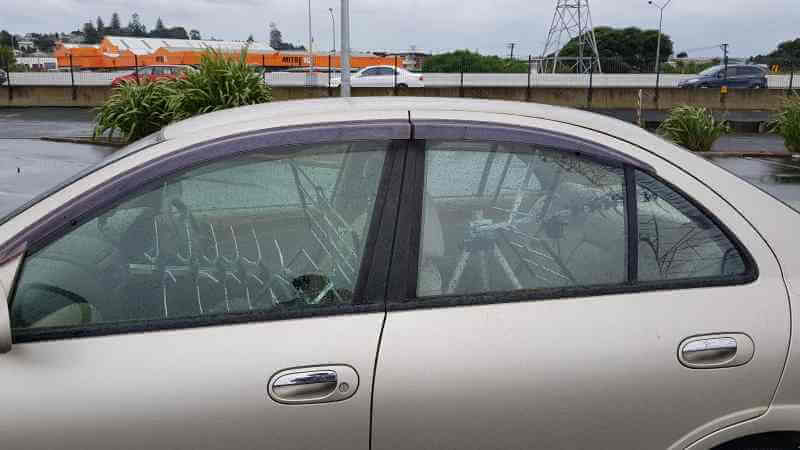Listening to the Sound of Molecules via Nuclear Magnetic Resonance and an RTL-SDR
Over on YouTube user aonomus has uploaded a video showing how he's used an RTL-SDR to observe and listen to the radio signal generated via a chemistry lab's nuclear magnetic resonance machine. To do this he simply taps the RF output of the NMR machine which allows the RTL-SDR to listen to the signal and play it as audio. In the video he shows the sound of a sample of chloroform in acetone-d6. The demo has no real scientific purpose other than to hear the sound of the molecule. Normally the RF output goes straight into a spectrum analyzer for visual analysis.
Nuclear magnetic resonance is a technique used in chemistry for the analysis of chemicals, as well as in MRI medical imaging machines. Very basically, it works by applying a chemical sample to a strong magnetic field, exciting it with a strong pulse of RF, and listening to the echo. An echo will only occur when the radio waves are transmitted at the chemicals resonant frequency. The frequencies used are typically between 60 to 800 MHz.
A few years ago I came up with a demonstration for some high school students interested in chemistry. This demo is a modern take on a classic NMR experiment, using a low cost software defined radio to observe the FID signal as audio. In short, this demo allows you to hear the proton FID echo from the liquid sample inside the NMR magnet.




